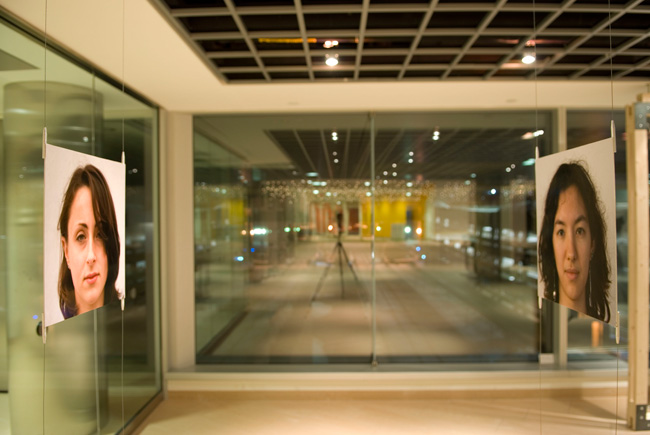

The Challenge: There is a difference between mass and weight. (Engineering prefers the terms 'inertia' and 'preload'.) Imagine a father and his young daughter enjoying a game of bowling. Both are able to roll the heaviest ball, albeit at different speeds. This is inertia: how easily an object changes speed or direction. Inertia grants objects stability by reducing the effects of disturbances. Weight, on the other hand, is why the father can lift the sixteen-pound ball but the daughter can't. Gravity has preloaded the ball to the floor - if the daughter can't generate sixteen pounds of force, she hasn't a chance of causing even the slightest elevation. Rather than reducing the effects of disturbances, preload eliminates the effects altogether, as long as the force of the disturbance never exceeds that of the preload. What is the well-balanced life, and what is responsible for our sense of stability?
Technical Approach: Through two related works, this project explores the forces which place us under tension, yet are perhaps simultaneously responsible for our stability. A life-sized self portrait is suspended by taut steel cables and aluminum clamps within a heavy wooden frame. The figure on the stretched fiber paper is laughing. I've often felt a love-hate relationship with my work, and question whether these emotions are co-dependent. What other opposing forces place me exactly where I am?
Adjacent to this exhibit is a set of square portraits, mounted on aluminum plates suspended by thin steel cables which run ceiling-to-floor. The faces, those of women whom are equally attractive but in very different ways, are opposing each other with just enough room to pass between. This installation was an experiment: what does it feel like to stand within the void and between their gazes?